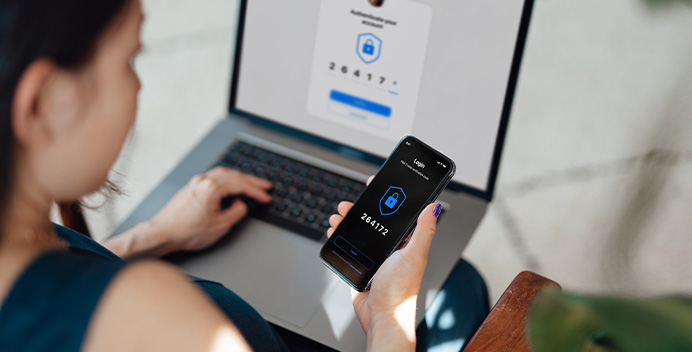
Protecting Your Business Against Social Engineering Fraud | Truist
Fraud How to identify and prevent the most prevalent cyber scam
Preventing social engineering fraud
Article
07/31/2024
Protecting Your Business Against Social Engineering Fraud | Truist
Social engineering involves exploiting a person’s trust to obtain private information or money to commit a crime. Learn how to prevent it here.

How To Defend Against Business Email Compromise
Fraud How to detect and defend against business email compromise
Article
07/22/2025
How To Defend Against Business Email Compromise
Business email compromise happens when scammers impersonate someone you trust in an attempt to defraud your company. Learn how to spot and prevent BEC.

How to defend your business against password theft
Fraud How to defend your business against password theft
Password theft is a foundational cybercrime hackers rely on to access your company’s computer networks. Learn how to spot and stop these attacks.
Article
09/12/2024
How to defend your business against password theft
Password theft is a foundational cybercrime hackers rely on to access your company’s computer networks. Learn how to spot and stop these attacks.


